The world at large including South Asia is already facing the devastating effects of Covid-19. This region already burdened with its teeming populations, uneven layers of growth and governance issues, all of which has got exacerbated with this crisis. While all the governments have been working to control the spread of the epidemic, the main collateral damage of this outbreak has been the havoc it has created on the economy. The cost to the economies in the region will inevitably be lasting.
The virus that has stretched the public health sector in the region revealing the huge gaps coupled with the economic lockdown already will have huge South Asia region remains one of the least integrated region. The trade continues to hover at around 5% and the region’s share of world trade is around 3% too. Considering a region with eight growing states, that had at least three months ago the two of the fastest growing nations in Asia and with one fourth of the global population residing within and a significant portion of the population below the poverty level (40%), there were several predictions about the region’s potentials and its growth trajectory, much of which did not materialise in the past few decades.
The recent crisis has thrown every statistic out. Now as predicted by the latest world bank regional update, the South Asia Economic Focus1 a sharp economic slump is evident in each of the region’s eight countries, caused by halting economic activity, collapsing trade, and greater stress in the financial and banking sectors. The report presents a range forecast, estimating that regional growth will fall to a range between 1.8 and 2.8 percent in 2020, down from 6.3 percent projected six months ago. That would be the region’s worst performance in the last 40 years, with temporary contractions in all South Asian countries. In case of prolonged and broad national lockdowns, the report warns of a worst-case scenario in which the entire region would experience a negative growth rate this year. The crippling economy, the social cleavages, the mental anguish, the physical despair have all been laid bare with the onset of Covid-19.
Faced with the COVID-19 pandemic one of the first moves by the Indian Prime Minster Modi was to call for SAARC to work together to confront the virus that created havoc with every nation state including the South Asian geography. While the SAARC leaders all responded positively pledging their contribution towards fighting the corona virus, it was increasingly becoming clear the magnitude of the problem was much beyond any such experienced earlier. The SAARC virtual meeting was significant for a variety of reasons, not only were the SAARC leaders meeting for the first time since 2014 but also the circumstances were exceptional. Modi initiated the voluntary COVID-19 Emergency Fund for the SAARC nations for urgent medical supplies and equipment. India committed to US$ 10 million, followed by Sri Lanka (US$5 million) Bangladesh (US$1.5 million), Afghanistan and Nepal $1 million each, the Maldives $200,000 and Bhutan $100,000 and Pakistan’s committed US$3m. Also, unlike other states that were represented by the head of the States, Pakistan was represented by their Special Assistant on Health.
Interestingly, while all other member states decided to commit and disperse the funds themselves, Pakistan insisted on spending through the SAARC Secretariat, which under the usual circumstances would have seemed the most appropriate. Unfortunately, nothing in the region seems normal given that even under such trying conditions, Pakistan did not let up on the cross-border periodic terror attacks that once again called for the sacrifice of several of our security personnel and continued to spread the spectre of hatred and violence in the Kashmir valley. The 15 March meeting initiated by India was followed up by meeting of health professionals and trade officials from the SAARC member countries. The member states received medical support and food supply from within the region and outside too.
In recent months many of the member States Bangladesh, Nepal, Sri Lanka have been clamouring for SAARC to become a more functional organisation. The pandemic has shown an effective way of using the platform that SAARC provides to work for the common wellbeing. The community health and development is indeed a necessity for all. While India’s public health spending remains one of the lowest in the region none of the others record any significant spending either. With maybe exception of Bhutan, public health was never seen a priority in this region.
For a variety of reasons, SAARC was not even able to implement the free trade agreement one of its first and primary core goals, it is time to shift gears. It is possible to prioritise new areas that are drawn in smaller clusters and make the sub-regional themes actionable. The BBIN process of seamless vehicular movement through Bangladesh, Bhutan, India Nepal, has been inordinately delayed but lessons drawn from there point to making the future negotiations less top driven. While it is difficult to implement plans for all eight member states redrawing the public health sector and collaboration on medical and health issues will be beneficial for all. Given the pandemic experience, re- orientation of the health sector will figure as a core requirement. As has been pointed out by World Bank, focus on public health and education actually contributes to sustained development and growth.
While the bilateral issues have often come in the way of any meaningful engagement within SAARC, the immediate isolationism brought on by the onset of pandemic, points to the need to work together more than even before. The crippling economies would need sustained attention and resuscitation in the region and outside. Examining the course for self-sufficiency and self-reliance within the region would be future trajectory.
The States by themselves cannot fully perform nor provide for all the requirements and regionalism and multilateralism will provide a way to consolidate each other strengths and address the wide gaps too. The public health sector is a good place to begin with. Public health practitioners and medical diplomacy have a niche area that often gain and grow by sharing their knowledge repository and traditions of best practices transcending borders. The cooperation exists at the non-governmental level among the various stakeholders. For many of the states in the region India provides a favourable medical destination. The government and the public sector work in this area together accords greater space for accommodation. While the government provides an enabling platform and generally provides an overarching direction regionalism in this sector needs a bit of nudging to take off. Traditional medicine also has a critical medicine to play in this region.
It is not SAARC has not performed some tasks. The SAARC Development Fund has in the meantime allocated USD 5 million (about Rs 38 crore) for COVID-19 projects in eight member countries as the virus pandemic threatens economic activities across the globe. The SDF has been providing funding through its economic, infrastructure and social windows and is also responsible for implementing 90 projects in SAARC with a total fund commitment/allocation of USD 198.24 million.2 Be that as it may, the regional organisation has not been robust to say the least. Unfortunately, the political hyphening has stalled SAARC momentum. The present crises actually provide leads to move away from the past and build on needs that are unravelling.
So how do we see the SAARC evolving in the days ahead, what are the possible ways ahead?
Firstly, the possibility of SAARC going back to its erstwhile hibernation mode always remains and the latest attempt by India to energise would be a one off instance given the perceived Pakistani intransigence.
Secondly, SAARC continues to remains hostage to the 19th Summit that could not be held and could not be rescheduled either. Under the present circumstances it falls under Pakistan to ask for the Summit meeting, but that that seems unlikely knowing the pre-condition India has about Pakistan perpetuating their acts of terror. A Summit meeting in the near future seems unlikely.
Thirdly, the likelihood of engagement over the virtual world seems workable and SAARC members may not wish to waste anymore time. As often reiterated the cost of non-cooperation is very high and how long will the region have to pay? Since the highest-level leaders have met once, the next step may be taken for necessary engagement and collaboration in the realm of medical and public health sector. Bangladesh has become the first to sell the generic version of the remdesivir medicine, while India is also making significant strides toward finding the vaccine and producing testing kits. The availability of food grains and its distribution making the food bank a reality during such dire conditions would facilitate a vast number of people. Even a cross border grain exchange is a distinct possibility. More importantly this situation should give way to incorporating effective systems based on real time information from the ground situation, irrespective of political issues. The community needs of the people of the region would then take precedence over political differences.
Fourthly, given the deep economic crises all would be facing, the existing SAARC mechanism can be better utilised to address many of the crises including repairing and building regional value chains. The production of intermediate goods in each other member states have not been explored fully. While the Indian TATA Motors is a popular brand in Bangladesh with an assembling unit for medium and heavy-duty vehicles, it has also suggested an assembling and production unit for India’s northeast as well as the adjoining neighbouring countries. Similarly, while Bangladesh has labour surplus and Sri Lanka has skilled labour the textile industry in India could gain greater competitiveness through such regional value chains. The building of agro and fruit value chains similarly is possible across the neighbouring regions. The industry sector in each member state initiate greater engagement to develop commodities within the regional loop.
For long, security narrative has dominated the South Asian region. But given the lessons of pandemic and the urgency of building a strong economic and social sector that are more cognisant of individual /human security clearly needs precedence. Sub regional, sub themes and core sectors that have an immediacy can be prioritized and built upon by the vast pool of expertise and knowledge capital that exists. Given the preoccupation of all the governments in addressing internal challenges, the civil society must be entrusted to build a momentum in the region that the SAARC 15 March meeting provided.The potential for SAARC is unmatched in the region. Regionalism based on equity and equitable opportunity can be built now but only if the leaders will it. This moment in SAARC needs to be seized.
References
- Report, ‘South Asia Economic Focus Spring 2020’, World Bank April 2020
- SAARC Development Fund allocates USD 5 million to deal with COVID-19’, Business Standard, 7 April 2020.
(The paper is the author’s individual scholastic articulation. The author certifies that the article/paper is original in content, unpublished and it has not been submitted for publication/web upload elsewhere, and that the facts and figures quoted are duly referenced, as needed, and are believed to be correct). (The paper does not necessarily represent the organisational stance... More >>
Image Source: https://cdn.dnaindia.com/sites/default/files/styles/full/public/2020/03/15/898036-modi-con.jpg

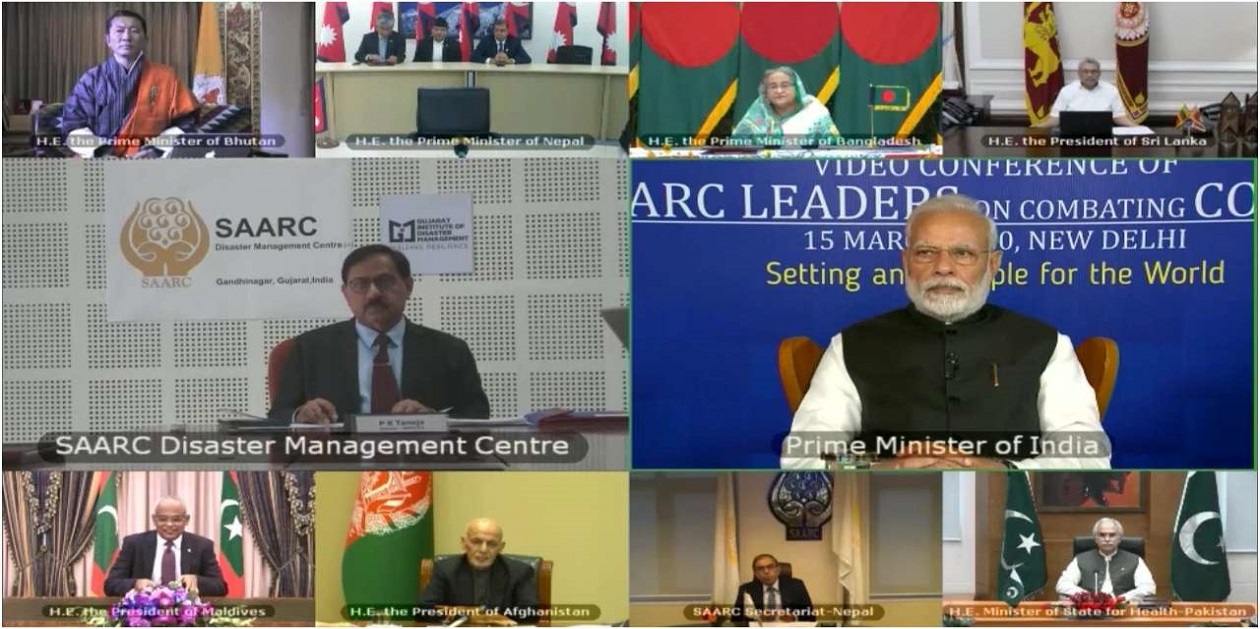

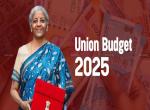
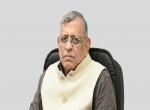
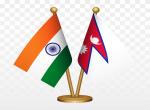

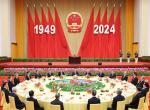
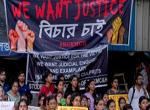

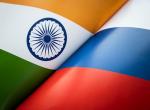
Post new comment